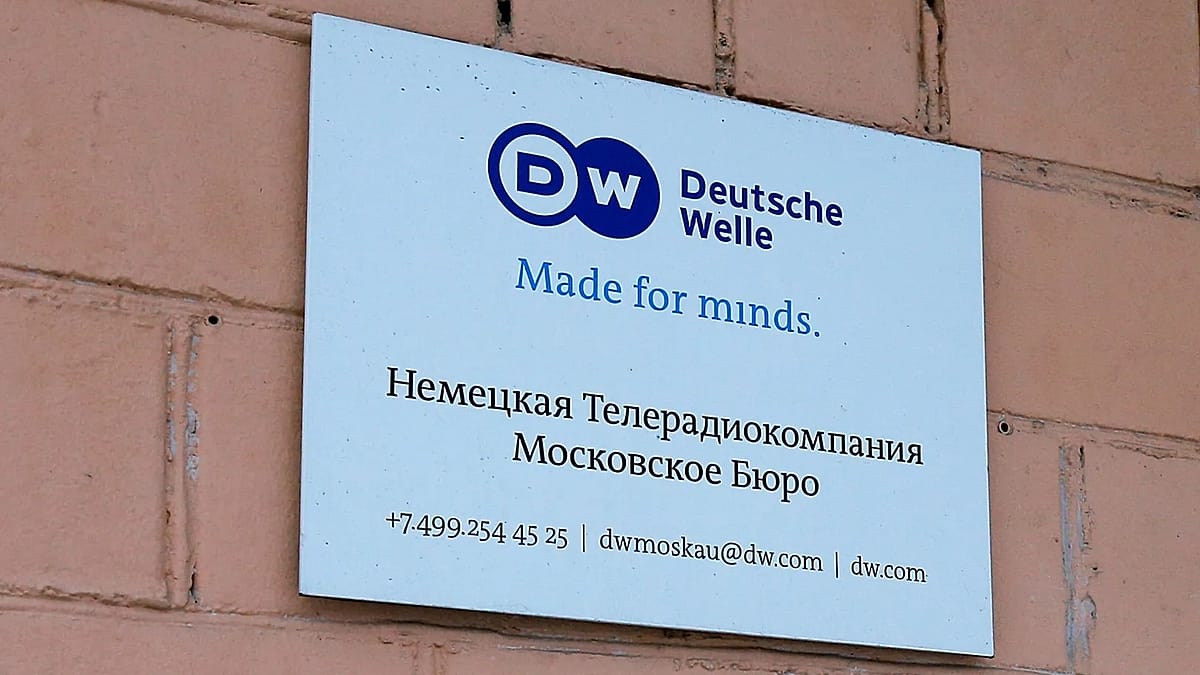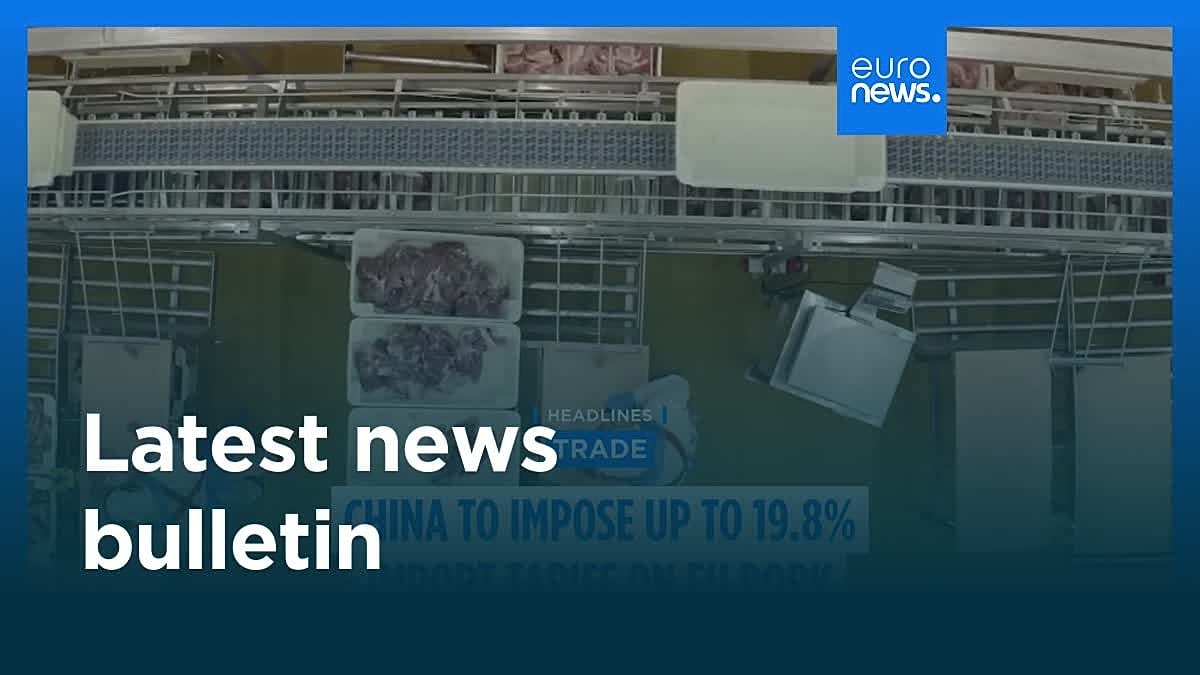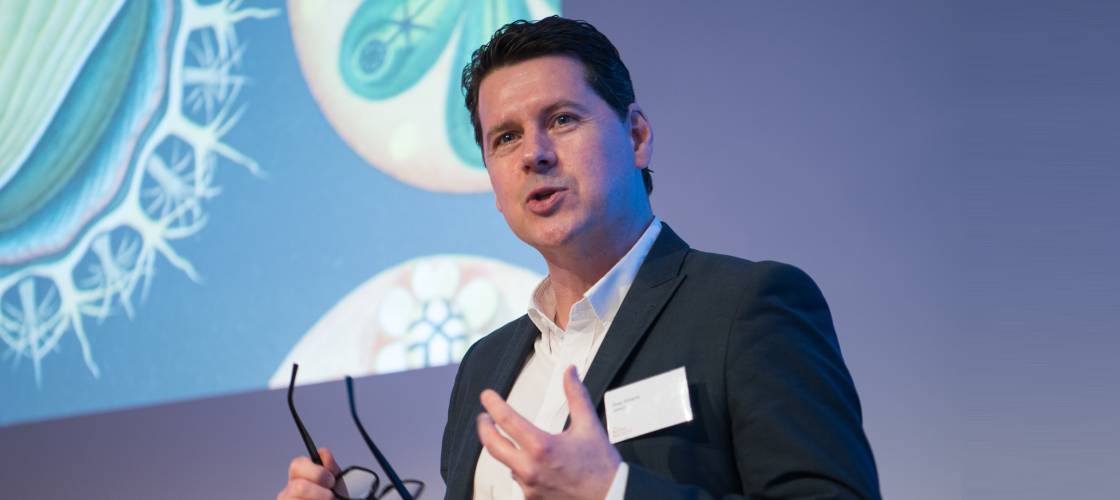Paris-based Tsuga raises €8.7 million to help enterprises cope as data volumes grow 30% a year

Tsuga, a French observability platform built on a Bring Your Own Cloud (BYOC) model, has emerged from Stealth this morning with €8.7 million in Seed funding in order to accelerate product development and expand its engineering and customer success teams as it brings its AI-native observability platform to market.
The round was led by General Catalyst, with participation from Singular. The round also saw support from angel investors including Amjad Masad (Replit), Charles Gorintin (Alan, Mistral AI), Jonathan Benhamou (Resilience), Olivier Bonnet (BlaBlaCar), and Philippe Corrot (Mirakl), among others.
“Our goal with Tsuga, was to create the last observability product the tech giants of today and tomorrow need to empower their teams. Built on crisp paradigms, such as Bring Your Own Cloud, Open Source first, and offering the teams the ability to define their rules to go faster,” said Gabriel-James Safar, CEO of Tsuga, in a public statement.
This Seed round raised by Tsuga fits into a broader European trend in 2025 of startups targeting observability, data infrastructure, and AI-driven monitoring challenges.
In Sweden, Rerun secured €15.6 million to expand its multimodal data infrastructure for “Physical AI”, underscoring investor appetite for telemetry and visualisation tools built for robotics and autonomy. In Ireland, Bronto raised €12 million to re-engineer log-data management for the AI era, with observability as a key focus area. Meanwhile, Switzerland’s Qala AG attracted €1.7 million to develop a data governance and observability layer for enterprise pipelines.
Against this backdrop, Tsuga’s BYOC architecture and open-source-first approach position it among the new wave of European infrastructure startups prioritising data control, cost transparency, and scalability.
While France has seen fewer 2025 observability-focused announcements than its Nordic or Irish counterparts, Tsuga’s emergence highlights continued investor confidence in French DeepTech engineering teams with prior success in cloud-native observability.
“Our mission is simple: to turn observability into a competitive advantage for every company in the AI era hyper-scalable, intelligent and fully in their control,” added Safar.
Founded in 2024, Tsuga was built by a team that has lived and breathed observability at scale. Co-founders, Gabriel-James Safar and Sébastien Deprez, previously founded Madumbo (acquired by Datadog) and went on to lead key product and engineering initiatives at Datadog.
They experienced firsthand the challenges enterprises face in monitoring modern systems, and the limitations of even the best tools on the market.
Early team members, Nils Bunge (formerly Director of Product Management at Datadog) and Valentin Jacquemont (one of Datadog’s first European sales hires), have deep product and go-to-market expertise. And the engineering and product team hails from the likes of Cognition, Datadog, Palantir and other world-class infrastructure companies.
Their platform was built from the ground up to “see everything, without compromise“: no missing data, no runaway costs, no trade-offs between control and convenience. The company says they achieved this by innovating on the technical architecture to enable companies to benefit from all the value provided by modern, cloud-native platforms, while retaining ownership of their data, scale, and costs.
What their platform offers:
- Predictable, efficient cost: By eliminating the data transfer and storage markups that traditional SaaS vendors charge, Tsuga allegedly makes observability spending budget friendly, with one transparent pricing model for the entire platform. Customers can store as much telemetry as required as costs scale sublinearly, not exponentially.
- Security & compliance: Sensitive operational data never leaves the customer environment. Tsuga deploys into their cloud account (AWS, GCP, Azure, etc.), so logs, metrics, and traces remain fully under their governance.
- Built-in governance: Tsuga’s platform runs in the customer’s cloud, which ensures they benefit from an unified admin centre for retention policies, access controls, and data routing rules – without needing to manage infrastructure.
- No lock-in: Tsuga relies on open-source collectors (OpenTelemetry and others) and open data formats. Customers own their telemetry and can plug it into their data lakes or AI/ML pipelines anytime.
- AI-native: Because they “see everything“, Tsuga has the highest quality context of systems to build observability that doesn’t just watch, but acts intelligently to prevent and resolve issues with speed, and instills greater confidence in every release.
“In short, Tsuga delivers the simplicity of SaaS without runaway costs, the control of on-prem without the operational pain, and the context and intelligence to deliver outcomes,” adds Safar.
According to data provided by the company, over the past decade, data volumes have far outpacedIT spend, with: logs, metrics, and traces expanding ~30% annually, while budgets rose less than 10%. Now, AI-driven development is pushing today’s paradigm to a breaking point. Autonomous code and ephemeral microservices are multiplying telemetry faster than any enterprise can absorb, making the current stack not just inefficient – but an existential risk.
Observability has become mission-critical yet Tsuga says the current paradigm is fundamentally broken. Despite the industry’s vision of a ‘single pane of glass,’ the reality is one of technical complexity, exponential costs, and growing operational risk.
The challenges enterprises face:
- Business model misalignment: SaaS observability platforms deliver speed and convenience, but their bills scale with every host and gigabyte. Observability has now become the second-largest IT expense after cloud infrastructure without meaningful incremental value.
- Operational burden: Open-source stacks offer control, but at the price of complexity and manpower. Built for a different era, they demand large teams just to keep data flowing – diverting engineers from innovation to infrastructure maintenance.
- Value destruction: To contain costs, teams routinely sample or discard telemetry, throwing away mission-critical insights they can’t recover.
The result has been fragmentation, tool sprawl, and blind spots. The promise of unified observability remains unfulfilled: teams face anxiety from flying blind, runaway costs, compliance risks.
The company argues that enterprises that are building for the AI era urgently require a new foundation for their observability infrastructure – one that is built to enable hyperscale, see everything, act with intelligence, and deliver outcomes.
This is where Tsuga aims to make a name for themselves.
With their Seed funding, they are doubling down on what matters most: product innovation and customer success.
“Observability is by definition a domain where we need to provide engineers with the most valuable set of products, so that they can continue focusing on creating business value for their customers. Listening to them and building what matters to them is and will stay our number one priority,” concludes Safar.
The post Paris-based Tsuga raises €8.7 million to help enterprises cope as data volumes grow 30% a year appeared first on EU-Startups.















































